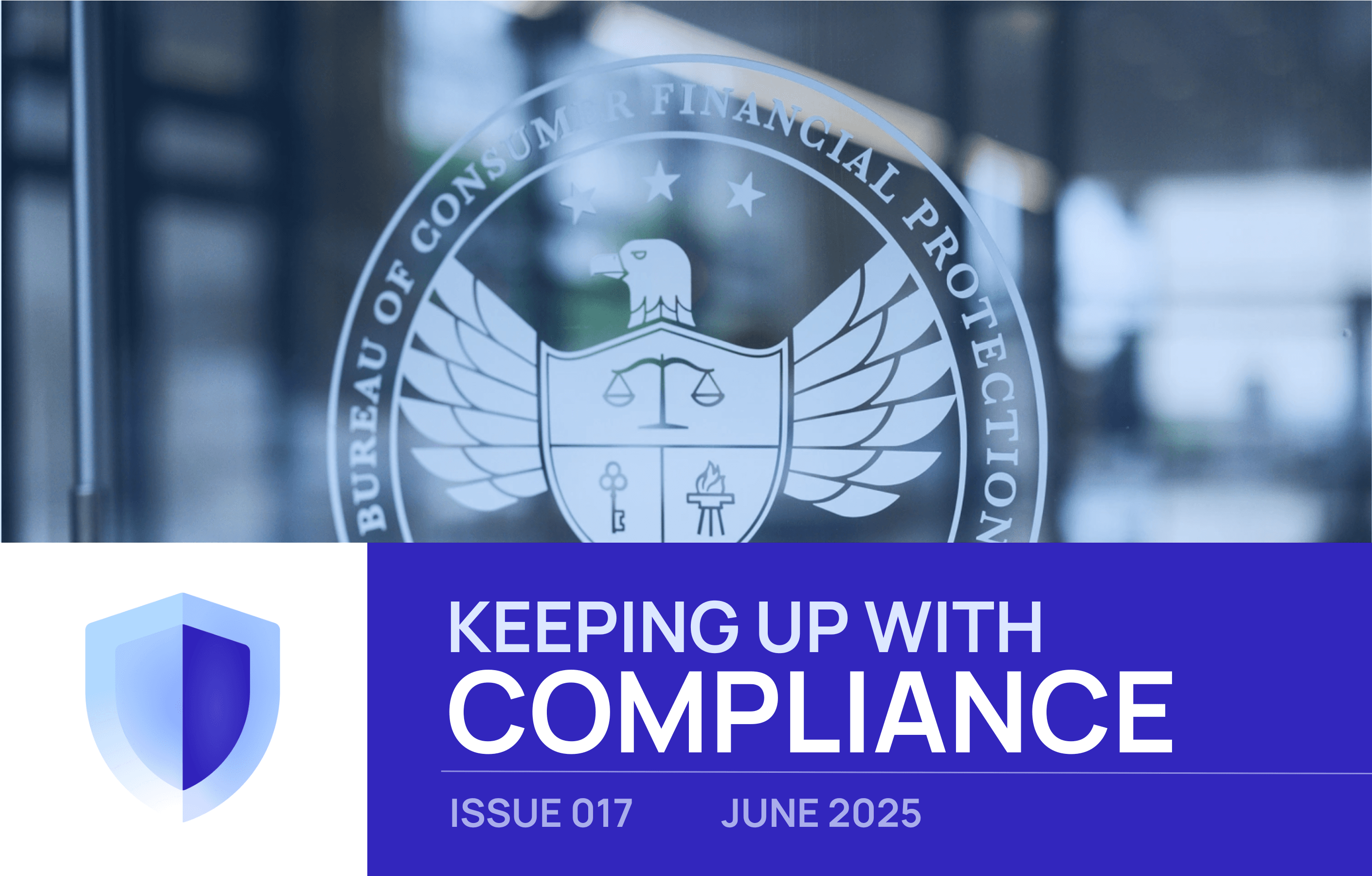UDAAP Compliance Summary
Introduction
Unfair or Deceptive Acts or Practices (UDAP) and Unfair, Deceptive, or Abusive Acts or Practices (UDAAP) are covered under section 5 of the Federal Trade Commission Act and pursuant to the Dodd-Frank Wall Street Reform and Consumer Protection Act respectively. Providers of financial products or services are prohibited from engaging in any unfair, deceptive or abusive acts or practices. Examiners generally look at written materials such as those for training, detailing products or services, procedure manuals and policies, internal controls and auditing materials, and more to determine non-compliance. Below is a list of general requirements for what is considered an unfair, deceptive, or abusive act or practice, along with some examples.
UDAAP Requirements
- An act or practice is considered unfair when it causes or is likely to cause substantial injury to customers that is not easily avoidable by the customers, and that injury is not outweighed by benefits to the customers or to competition.
- Acts and practices are considered deceptive when a material act, practice, omission, or representation misleads or is likely to mislead customers, and the customers’ interpretation is reasonable under the circumstances.
- An act or practice is considered abusive when it materially interferes with a customer’s ability to understand a term or condition of a financial product or service or takes advantage of a customer’s lack of understanding of the product, their inability to protect their interests, or their reasonable reliance on the provider to act in their best interest.
Note: Customer complaints play a large role as source of information for examinations, enforcement, and rule-making for regulators. There’s also a lot of crossover with other laws, such as TILA and FDCPA.
Examples
- Refusing to release a lien after a final payment has been made on a mortgage.
- Processing payments for companies that are engaged in fraudulent activities.
- Dishonoring credit card convenience checks without notice to customers who use them.
- Incomplete or inadequate disclosure of terms in advertising.
- Misrepresenting the terms of a loan.
LoanPro Solutions
- Use LoanPro’s out-of-the-box, compliant processes with instructions to ensure your practices are fair and documented to show compliance.
- Configure custom Agent Walkthroughs to ensure that agents are guided through each step of complex processes, increasing compliance and reducing the time to complete tasks in the system.
- Ensure customer complaints are well handled and tracked with LoanPro’s Ticket Management System.
- Create compliant communication templates and use LoanPro’s communication tracking to show documented compliance in communication.
To read up on recent compliance news, check out the most recent edition of our newsletter, Keeping Up with Compliance, and subscribe to keep up on the news.




